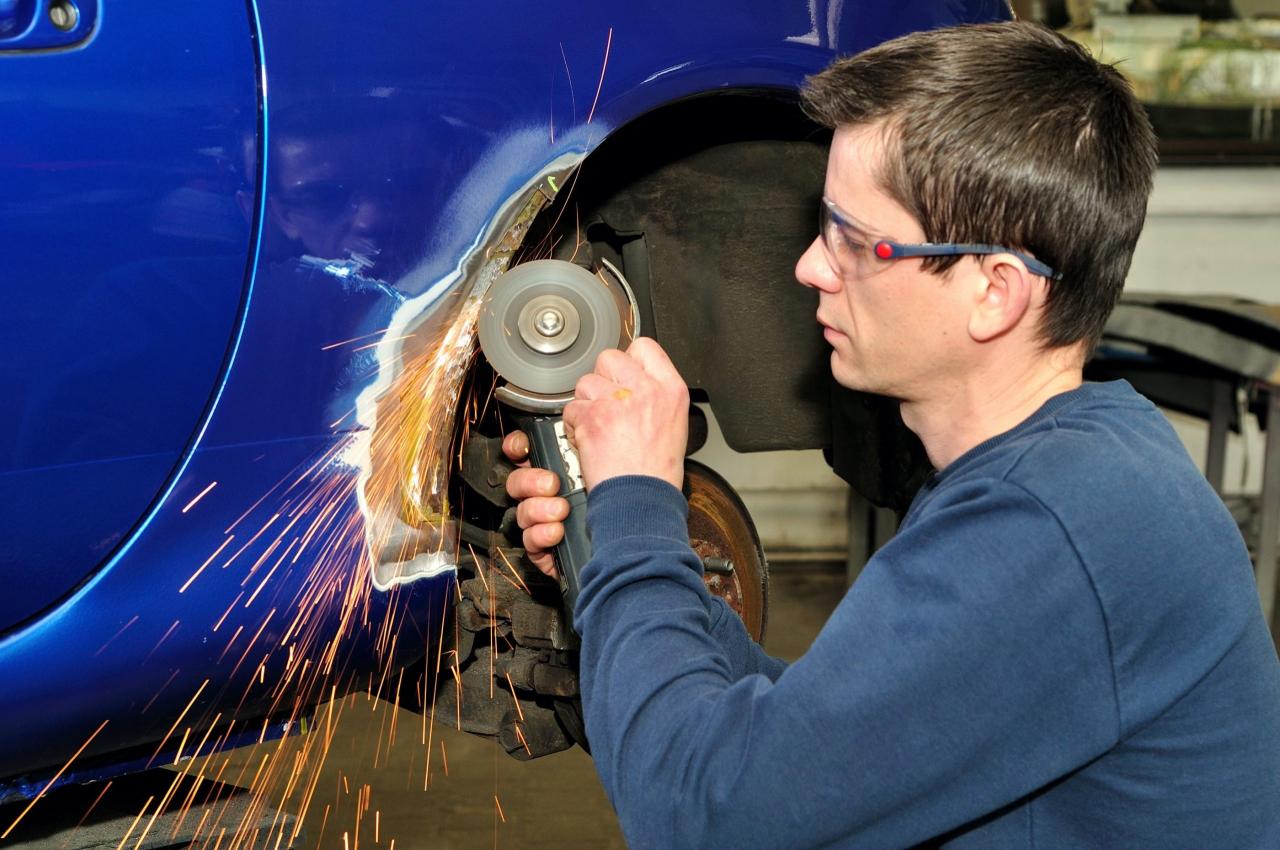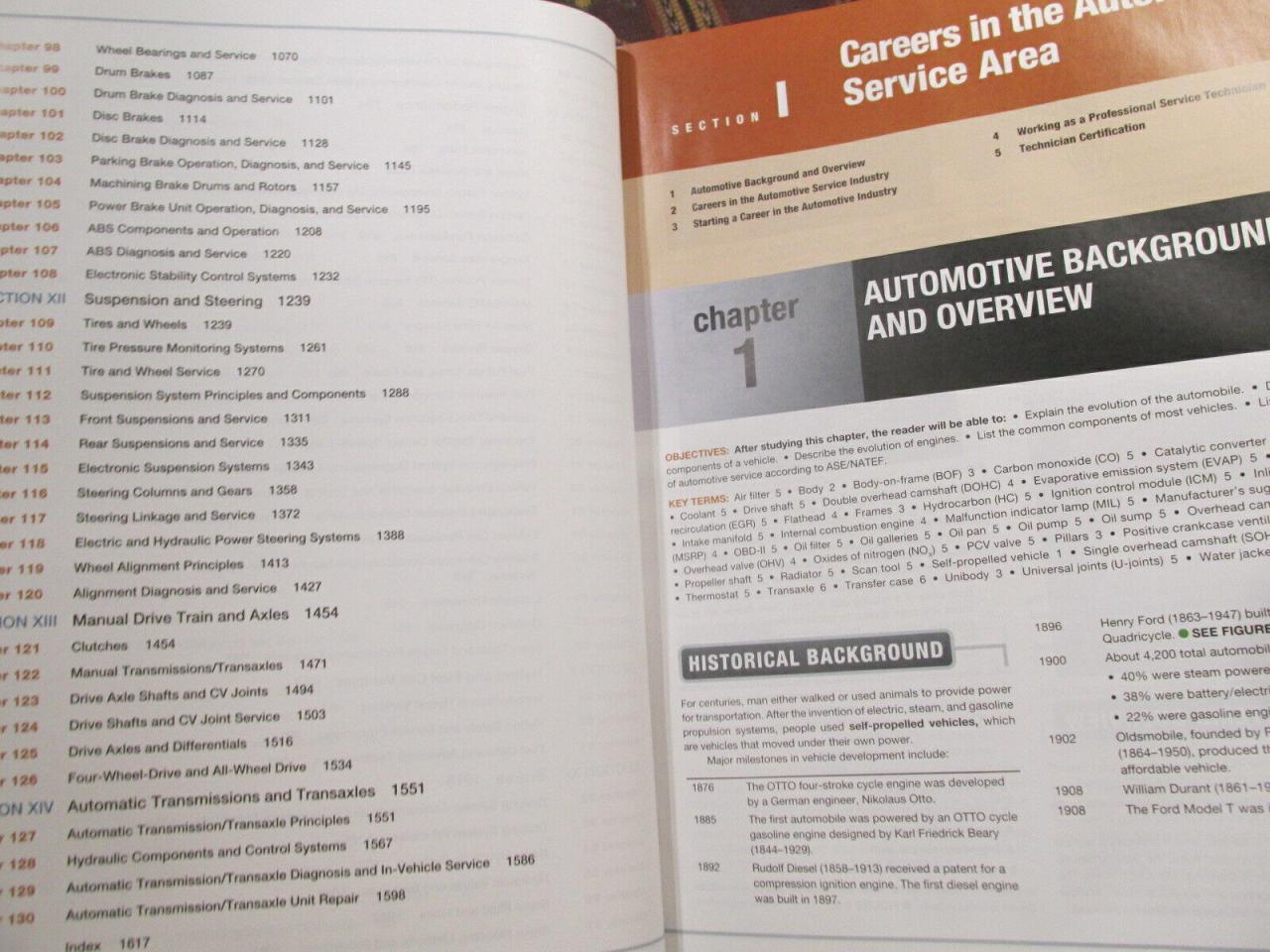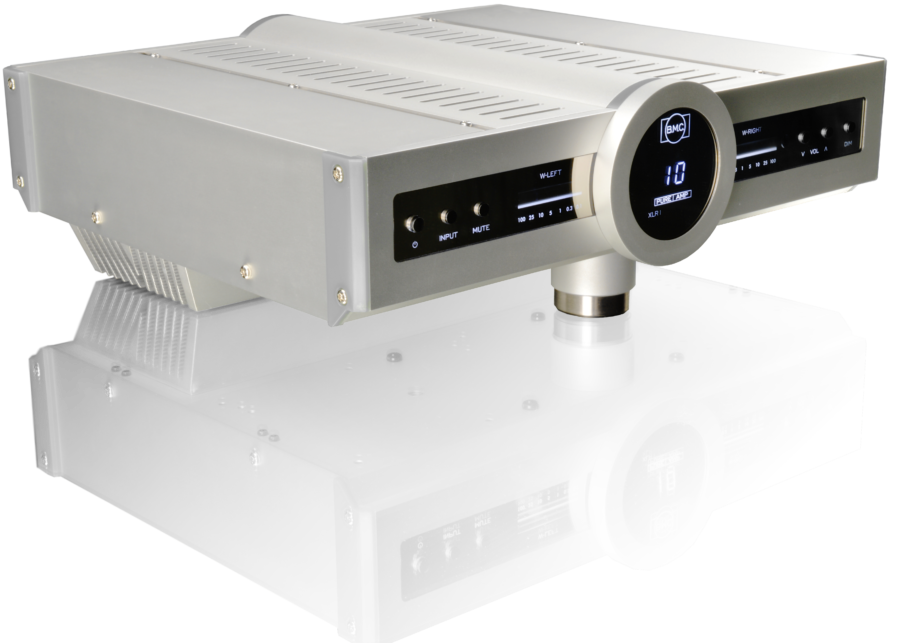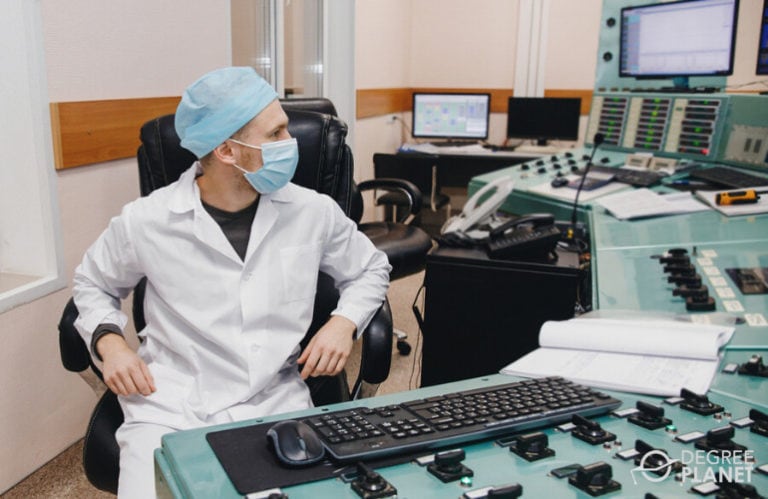Auto Body Repair Technology: A Journey Through Innovation
Auto body repair technology has revolutionized the way we approach vehicle restoration, transforming a once labor-intensive process into a precise and efficient science. From the rudimentary tools of the past […]
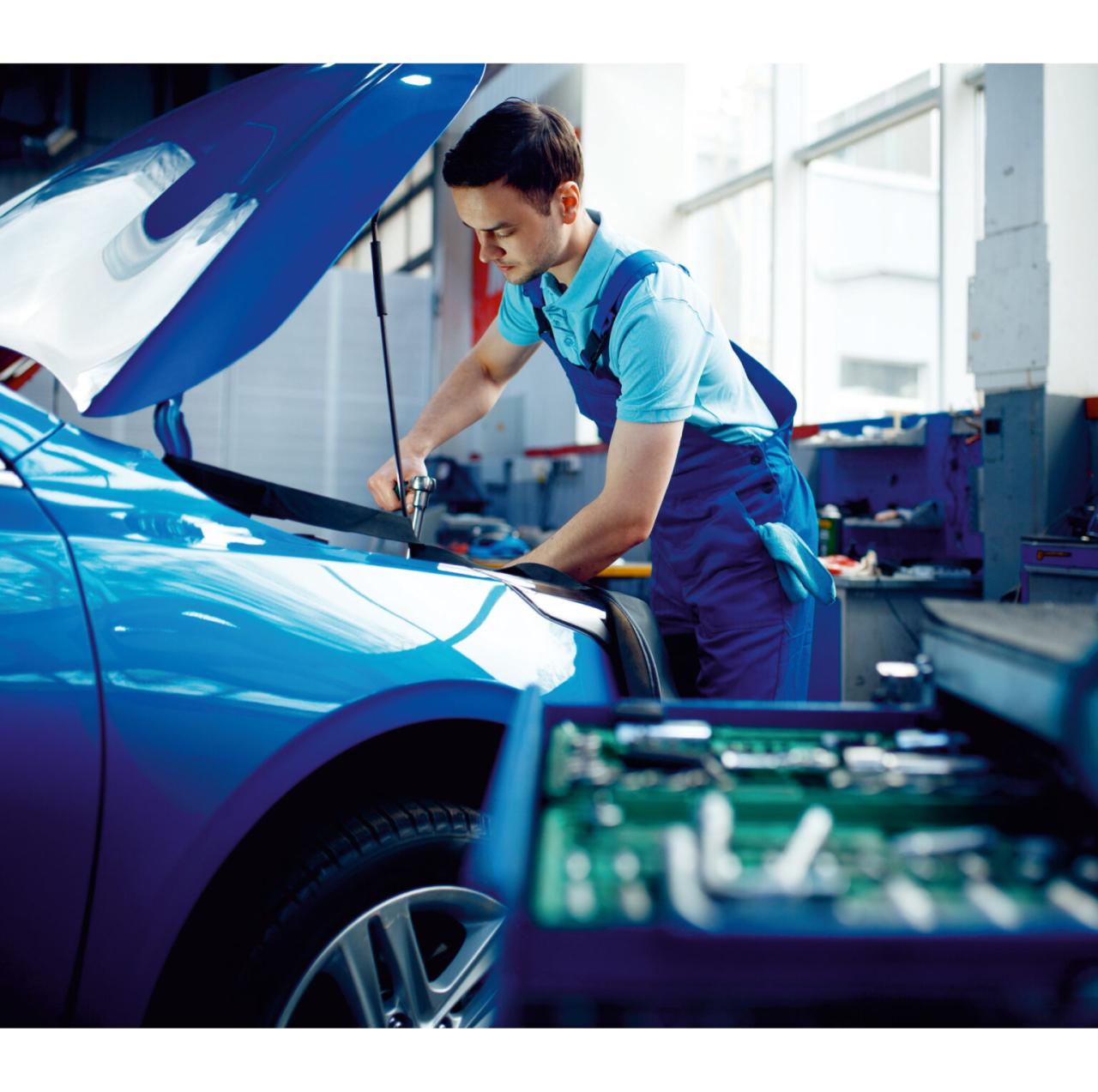
Auto body repair technology has revolutionized the way we approach vehicle restoration, transforming a once labor-intensive process into a precise and efficient science. From the rudimentary tools of the past to the advanced digital systems of today, the journey of auto body repair has been marked by a constant pursuit of innovation.
This evolution has not only enhanced the quality and speed of repairs but has also introduced new challenges and opportunities for the industry. This exploration delves into the history, current state, and future potential of auto body repair technology, highlighting the impact of technological advancements on the skills, processes, and sustainability of the industry.
Materials and Processes in Modern Auto Body Repair

Modern vehicle construction utilizes a variety of materials, each with its own unique properties and repair challenges. These materials include high-strength steel, aluminum, and composites. Understanding these materials and their specific repair requirements is essential for auto body technicians to perform safe and effective repairs.
Material Types and Repair Challenges
The materials used in modern vehicle construction have significantly evolved, impacting the repair techniques required.
- High-Strength Steel: This material is commonly used in vehicle frames and body panels due to its increased strength and reduced weight. However, its high strength makes it more difficult to repair as it is more susceptible to cracking and requires specialized welding techniques.
- Aluminum: Aluminum is increasingly being used in vehicle construction due to its lightweight and corrosion resistance. Repairing aluminum presents unique challenges as it requires specific welding processes and specialized tools to prevent cracking and ensure proper adhesion.
- Composites: Composites, such as carbon fiber and fiberglass, are increasingly being used in vehicles due to their lightweight and high strength. Repairing composite materials requires specialized techniques, such as using epoxy resins and specialized bonding agents to ensure a strong and durable repair.
Modern Auto Body Repair Processes
Modern auto body repair involves a series of steps to restore a vehicle to its original condition.
- Straightening: This process involves restoring the vehicle’s frame and body panels to their original shape using specialized tools and techniques. These tools include frame straightening equipment, pulling tools, and specialized jigs.
- Welding: Welding is used to repair damaged metal parts by joining them together using heat and filler material. Different welding techniques are used depending on the material being repaired, such as MIG, TIG, and spot welding.
- Painting: The painting process involves applying a series of coatings to the repaired vehicle to restore its original color and finish. This process typically involves sanding, priming, base coating, and clear coating.
- Finishing: Finishing involves the final steps to ensure a smooth and durable repair. This includes sanding, buffing, and polishing the paintwork to achieve a high-quality finish.
Traditional vs. Modern Repair Techniques
Modern repair techniques often emphasize environmental sustainability and efficiency compared to traditional methods.
- Environmental Impact: Modern repair techniques often utilize water-based paints and other environmentally friendly materials, reducing the use of harmful solvents and chemicals.
- Sustainability: Modern repair techniques often focus on repairing damaged parts rather than replacing them, promoting a more sustainable approach to vehicle repair.
Examples of Innovative Auto Body Repair Technologies: Auto Body Repair Technology
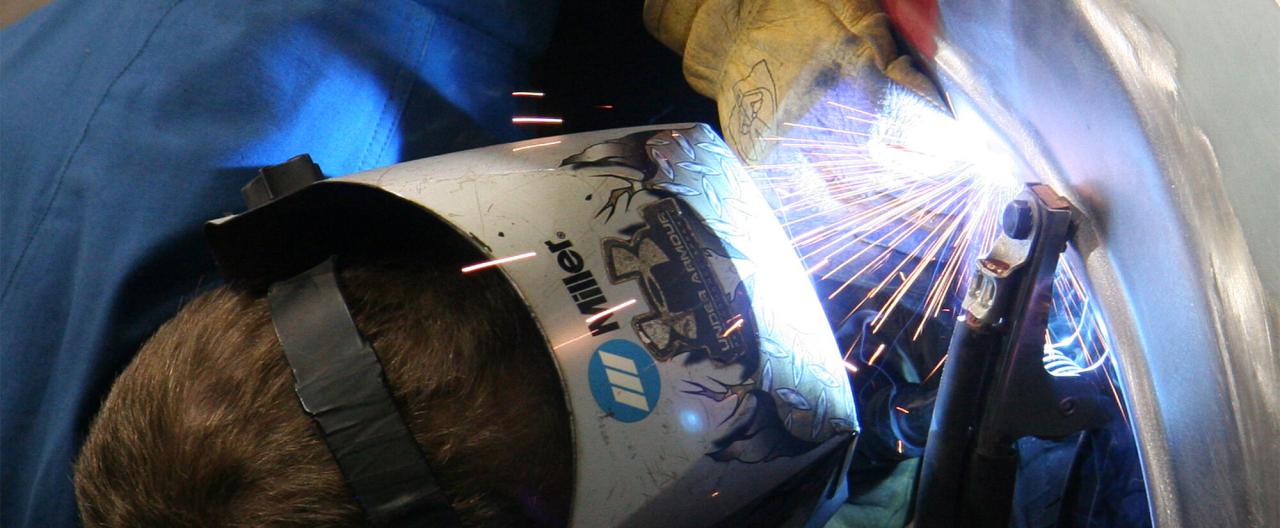
The automotive industry is constantly evolving, and with it, the technologies used to repair vehicles are also advancing. New materials, repair techniques, and tools are emerging to address the challenges posed by modern vehicles, including increased complexity, advanced safety features, and environmental concerns. This section explores some of the innovative technologies that are transforming the field of auto body repair.
Innovative Technologies in Auto Body Repair, Auto body repair technology
Innovative technologies in auto body repair are revolutionizing the industry, enhancing safety, efficiency, and sustainability. These technologies are transforming how vehicles are repaired, making the process faster, more precise, and environmentally friendly. Here are some examples:
| Technology | Description | Benefits | Applications |
|---|---|---|---|
| Collision Avoidance Systems (CAS) | CAS use sensors and cameras to detect potential collisions and warn drivers or even automatically apply brakes to prevent accidents. These systems are becoming increasingly common in modern vehicles, enhancing safety and reducing the severity of accidents. |
|
|
| Advanced Driver-Assistance Systems (ADAS) | ADAS are a suite of technologies that assist drivers in various aspects of driving, including lane keeping, adaptive cruise control, blind spot monitoring, and parking assistance. These systems are designed to enhance safety, reduce driver fatigue, and improve overall driving experience. |
|
|
| Lightweight Materials | The use of lightweight materials, such as aluminum, carbon fiber, and high-strength steel, is becoming increasingly common in vehicle manufacturing. These materials offer several advantages, including improved fuel efficiency, reduced emissions, and enhanced safety. |
|
|
| Robotics and Automation | Robotics and automation are transforming the auto body repair process, improving efficiency, accuracy, and safety. Robots are used for tasks such as welding, painting, and assembly, while automated systems are used for tasks such as part identification and inventory management. |
|
|
Final Thoughts
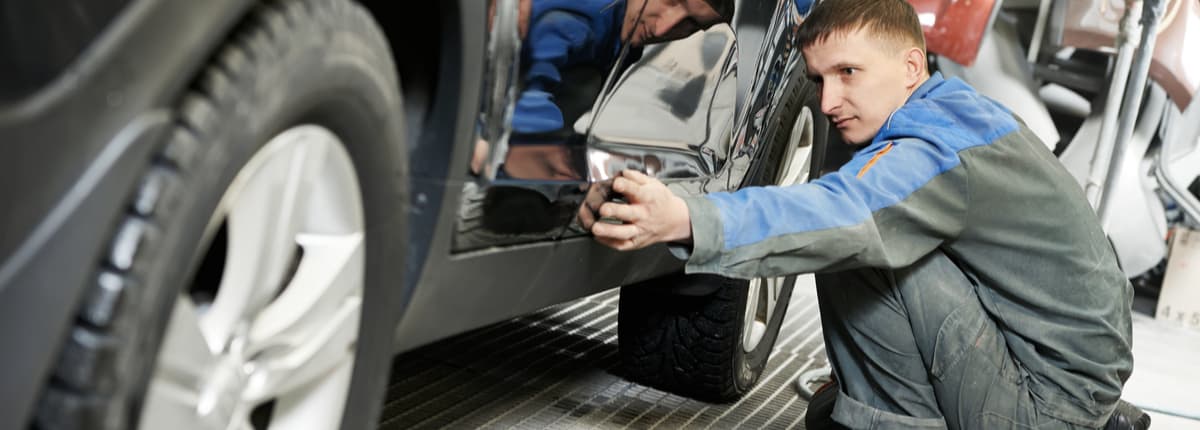
As technology continues to evolve, the auto body repair industry is poised for further transformation. From the adoption of artificial intelligence and virtual reality to the development of self-healing materials, the future of auto body repair promises to be even more innovative and efficient. The industry’s ability to adapt and embrace these advancements will be crucial for its continued success in delivering high-quality repairs while ensuring the safety and satisfaction of customers.
Auto body repair technology has come a long way, with advancements in materials, tools, and even paint application techniques. But sometimes, the work can be stressful, and that’s where the power of scent comes in. Incorporating aroma technologies into the workspace can create a more calming and focused environment, helping technicians stay sharp and perform their best.
A relaxing scent can make even the most challenging repairs feel a little easier.
